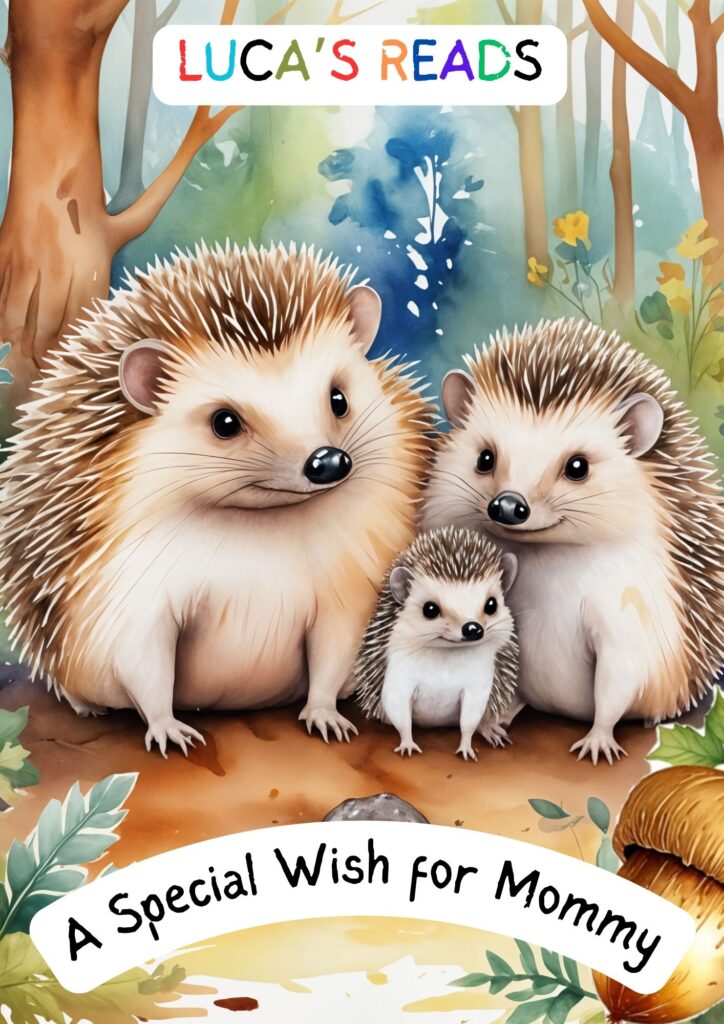Toddlers experience BIG emotions, and they’re not always equipped to express them.
Have you experienced this? …
One minute your baby is giggling, one of those heartwarming baby giggles, and the next minute, he/she is screaming bloody murder, because the green cup isn’t red. Or worse, you didn’t give them food fast enough.
(Mum can’t you see I am starving within the next second).
_Sound familiar?
I wondered how to teach my toddler something like emotions. In a world where I feel more and more people are self-centered. I know I don’t always express myself properly.
That’s why I’ve gathered (and tested) nine fun toddler activities that teach emotional intelligence—because learning to manage emotions can fun!
Why Teaching Toddlers About Emotions is Important
Emotional intelligence (EI) is the ability to identify and manage one’s own emotions and recognize the feelings of others.
So..
For toddlers, this means being able to recognize when they’re happy, sad, or angry and knowing how to express those feelings.
This will:
- Improve their social skills: Toddlers who understand emotions can better relate to their peers, building stronger friendships.
- Boost problem-solving abilities: Identifying and managing emotions helps children approach challenges with a clearer mind.
- Lead to better emotional regulation: Understanding emotions from a young age makes managing tantrums and big feelings easier.
With Emtional Intelligence your toddler will have the tools to succeed in school and form meaningful relationships later in life.
How to Introduce Emotions to Your Toddler
Toddlers are great at picking up on cues, especially through play, stories, and songs. Here’s how to start conversations about emotions:
- Model Emotion Words: When you’re frustrated, calmly say, “I feel frustrated because I can’t find my keys,” showing them how to express feelings with words.
- Use Books and Flashcards: Books like “The Color Monster” and homemade emotion flashcards are fantastic for visual learners.
9 Fun Toddler Activities to Learn About Emotions
1. Emotion Flashcards Game
Emotion flashcards are great for helping toddlers identify and name their emotions.
You can use printable cards or make your own by drawing different faces on index cards (happy, sad, angry, surprised, etc.).
Show your toddler a card and ask them to mimic the expression. It’s a playful way to reinforce emotional vocabulary.
Pro Tip: Keep a set of cards handy during moments of frustration (like when food ends up on the floor) to help your toddler pause and express what they’re feeling.

Yes, the confused happened on purpose. (he-hem).
2. Teddy Bear Role Play
Grab your toddler’s favorite stuffed animal and role-play different scenarios where the teddy feels a variety of emotions.
For example, you can say, “Teddy is feeling sad because he can’t find his toy.” Then, work with your toddler to help Teddy through his sadness.
Here are 2 Prompts:
- “Teddy got angry because his sister stole his snack. Can you show Teddy what we do when we feel angry?”
- “Teddy just heard he’s going to the park! He’s so excited he’s jumping up and down! Can you show how Teddy looks when he’s excited?”
This activity is great for teaching empathy and emotional regulation.

3. Paper Plate Emotion Faces
This craft is a creative and hands-on way to teach emotions.
Let your toddler decorate paper plates with various expressions—happy, sad, angry, surprised. Then, throughout the day, ask them to hold up the plate that matches how they’re feeling. This gives them a visual way to express their emotions.
Before bed, you can ask your toddler to hold up the face that represents how their day went, helping them reflect on their feelings before sleep—a great calming practice.
4. Emotion Sorting Game
For this activity, you’ll need toys or images representing different emotions (happy, sad, angry, scared). Lay them out and encourage your toddler to sort them into piles by emotion.
This game not only teaches emotional recognition but also improves cognitive skills as toddlers categorize the emotions.

5. Feelings Dance Party
Turn up the music and let your toddler dance out their feelings! Play different kinds of music that evoke various emotions
—upbeat songs for happy, slow tunes for calm, or intense beats for anger. Let your toddler express each feeling through movement.
Dancing provides a physical outlet for emotions and helps toddlers become more in tune with how their bodies feel when they experience different emotions.
.6. Emotion Sensory Bottles
Sensory bottles are a fantastic tool for self-regulation. Fill bottles with water, glitter, and small objects of specific colors tied to emotions—blue for calm, red for anger.
When your toddler feels overwhelmed, encourage them to shake the bottle and watch as the glitter settles. This visual and tactile experience helps soothe them and provides a moment to reset.

7. Mirror Game: Express the Emotion
Stand in front of a mirror with your toddler and make different faces, acting out various emotions. Have your toddler mimic your expressions, then take turns. Ask them to show you what a happy face or a sad face looks like in the mirror.
Seeing their own reflection helps toddlers understand how emotions look and makes it easier for them to express their feelings.
8. Emotion Drawing
Provide your toddler with crayons and paper and ask them to draw how they’re feeling. For example, “Can you draw me a happy face?” or “What does mad look like?” Encourage them to explore different colors and shapes.
Drawing is a creative way for toddlers to express emotions, especially when words aren’t enough.
9. Emotion Balloons
Blow up several balloons and draw different faces representing emotions (happy, sad, angry, excited). Toss the balloons in the air and encourage your toddler to grab one. Once they pick one, ask them to explain the emotion and what might make someone feel that way.
This active game combines physical play with emotional learning, making it perfect for energetic toddlers.
Tips for Parents to Encourage Emotional Growth
- Validate Emotions: Let your toddler know it’s okay to feel all kinds of emotions. Say, “It’s okay to feel angry. Let’s talk about it.”
- Teach Emotional Regulation: When big feelings arise, help your toddler calm down using deep breathing or sensory play, like the calm down bottles.
- Be Patient: Emotional growth takes time, but every small step counts. Use these activities to reinforce lessons consistently.
Conclusion
Try integrating these activities into your day, and watch as your toddler starts recognizing, naming, and managing their emotions. Remember, emotional intelligence is a lifelong skill, and it all starts with fun, meaningful learning experiences. Let me know in the comments which activity your toddler loves the most!
Pin it for Later
📌 Pin now, read later! Save our guide on Pinterest and share the joy of sensory play with your friends and family. Or share it on social media. We’d be super happy!
Latest Posts:
11 Easy Educational Toddler Activities for 19-Month-Olds At Home
At 19 months, toddlers are super curious, always moving, and learning at lightning speed. And…
Easy Natural Dinosaur Sensory Bin DIY ( That Actually Keeps Your Toddler Interested)
If you’ve ever wondered “How to make a dinosaur sensory bin?” or Googled “Dinosaur sensory…
Montessori Summer Activities for Toddlers (That Won’t Make You Lose Your Mind)
Summer with a toddler is a mix of sweet moments -like my son’s strawberry addiction-…
DIY Easter Bunny Plush for Kids + Free Sewing Pattern!
Woohoo! This is my 100th blog post, and I’m going all out! 🎉 To make…
Engaging DIY Forest Sensory Bin For Preschoolers
The Perfect Way for Toddlers to Explore Woodland Animals! I put together this forest sensory…
How to Make a DIY Cherry Pit Pillow (Super Easy Sewing Project)
When my son was born, my midwife recommended a cherry pit pillow to help with…










Leave a Reply